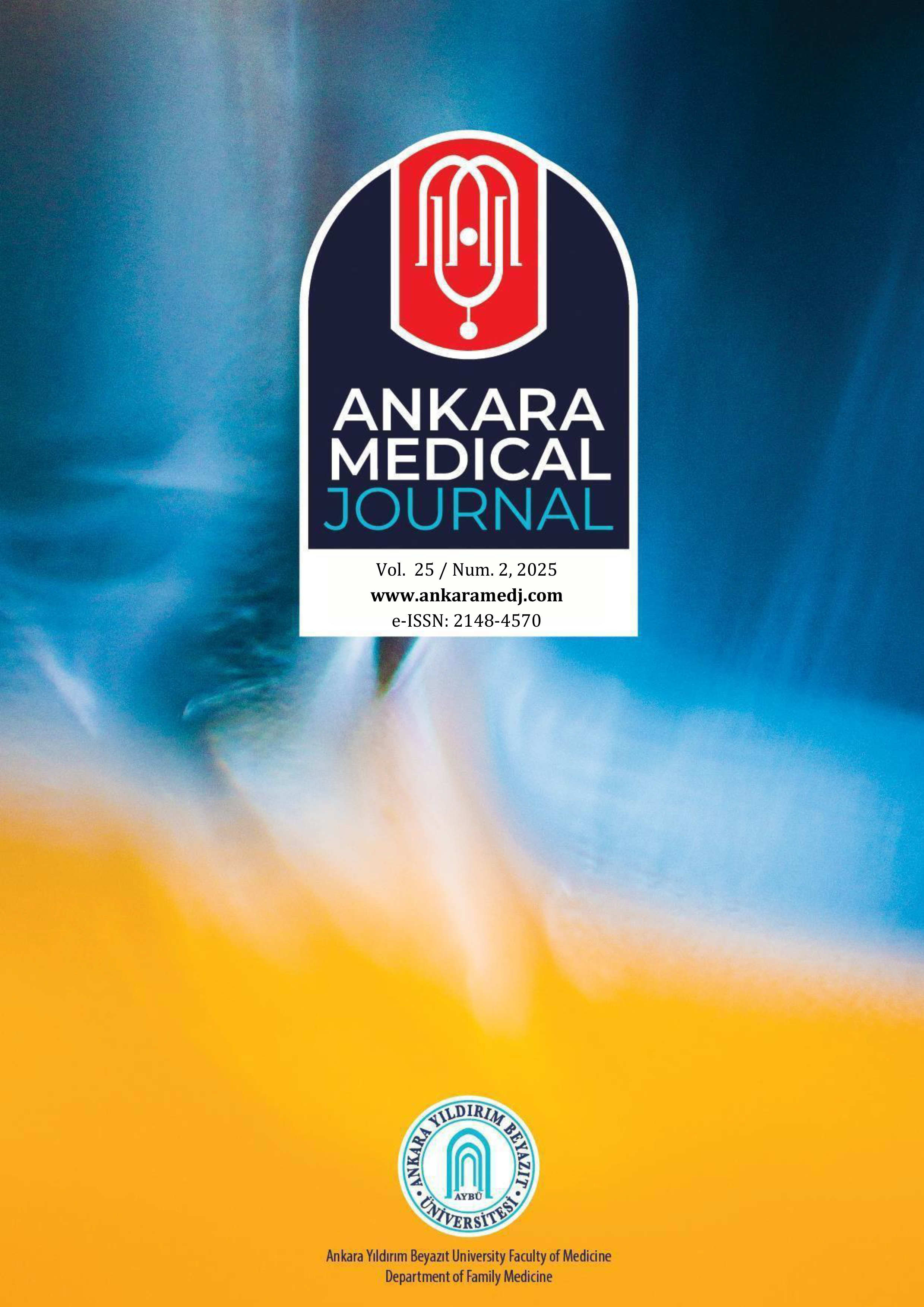Investigation of The Relationship Between Hypomagnesemia and Infection in Patients Housed in Oncology Palliative Care Center
Mehmet Ali EROL1, Feride Gülcüler1, Umut Gök21Department of Family Medicine, İzmir City Hospital, İzmir, Türkiye2Department of Family Medicine, University Of Health Sciences, İzmir Faculty Of Medicine, İzmir, Türkiye
INTRODUCTION: Hypomagnesemia is a serum magnesium (Mg+2) level of <1.8 mg/dl. Hospitalized or critically ill patients are at risk of hypomagnesemia. In the literature, studies on this subject have only been conducted in intensive care units. Therefore, in our study, we aimed to investigate the relationship between serum magnesium levels and infection status in patients with hypomagnesemia admitted to an oncology palliative care center.
METHODS: The age, cancer type, infection status, and biochemical values of 211 patients admitted to the Oncology Palliative Care Service between 01/01/2022 and 31/12/2022 were retrospectively examined. In cases with suspected infection, tests requested by an infectious disease specialist were performed, and according to the results, patients diagnosed with various infections and started on antibiotics were included in the infected group. Data were analyzed using SPSS 25. P values less than 0.05 were considered statistically significant.
RESULTS: The mean age of the participants was determined as 63.41±12.38 years. The mean magnesium (Mg+2) level was measured as 1.82±0.28 mg/dl. Infection was diagnosed in 55.5% of the patients and the most common infection was urinary system infection. It was observed that Mg+2 value was significantly lower in patients with infection than in those without infection (p<0.001). While the frequency of infection was 81.1% in patients with low serum Mg+2 levels, this rate was found to be 29.5% in those without low serum Mg+2 levels.
DISCUSSION AND CONCLUSION: The statistical relationship observed between hypomagnesemia and infection status in our screened cancer patients suggests that there is a connection between the inflammatory changes caused by the infection and the patient's magnesium levels.
Makale Dili: İngilizce
(2 kere indirildi)





